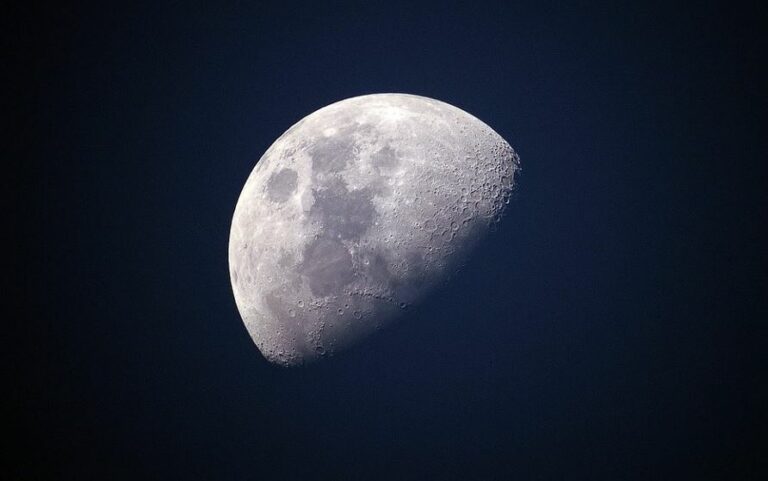After more than 50 years, scientists have finally uncovered the moon’s interior structure, showing that our closest celestial companion has a fluid outer core and a solid inner core, similar to Earth’s. A team of researchers from the Côte d’Azur University and the Institute of Celestial Mechanics and Ephemeris Calculations (IMCCE) in France detailed these findings May 3 in a study published in Nature(opens in new tab).
Astronomers have puzzled over the moon’s structure since well before any probes landed there. A hot debate raged in the first half of the 20th century as to whether the moon was a “primitive” rocky world, like Mars’s moons Phobos and Deimos, or whether it had a rich inner geology.
The first hints that the moon had an Earth-like interior came from NASA’s Apollo missions. Data gathered by the lunar landers’ instruments suggested that the celestial body was differentiated — or layered with denser material at the center and less dense material nearer the surface — as opposed to uniform rock all the way through. Apollo astronauts even left seismometers on the moon, which later revealed that it experiences moonquakes, according to NASA(opens in new tab).
more at livescience.com
Ask me anything
Explore related questions





